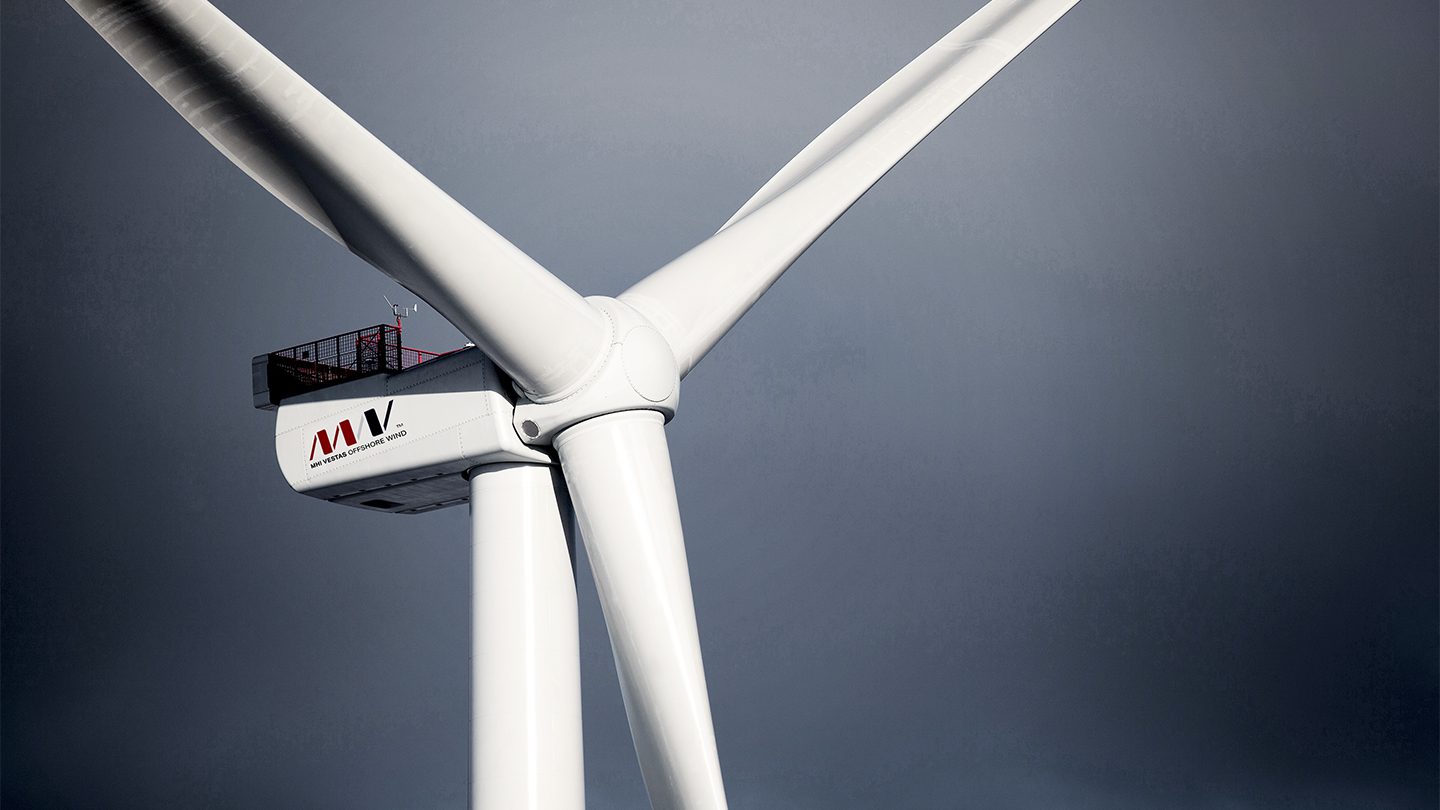Resources at the field are now seen at 1.8 billion to 2.9 billion barrels of oil equivalent, Stavanger-based Statoil said today. File Photo: Øyvind Hagen / Statoil
By Mikael Holter
Dec. 20 (Bloomberg) — Statoil ASA lowered the resource estimate for the Johan Sverdrup oil discovery and delayed the start of production by about a year in a setback for the biggest find off Norway in decades.
Resources at the field are now seen at 1.8 billion to 2.9 billion barrels of oil equivalent, Stavanger-based Statoil said today. That compares with a previous range of 1.8 billion to 3.6 billion barrels, based on estimates provided by Statoil and Lundin Petroleum AB. Production start was pushed back a year to the end of 2019.
“We would paint this as a ’blemish’ on the Utsira High,” the area of the North Sea where Sverdrup was discovered, Alex Gheorghe, an analyst at RS Platou Markets AS, said in an e-mail. It’s “very disappointing to see both Statoil and the Norwegian Petroleum Directorate/government lose control of the situation, given the strong economics of the project and impact on Norway.”
Discovered in two parts by Lundin in 2010 and Statoil in 2011, Sverdrup renewed optimism in Norway’s oil industry after a decade of falling production from aging North Sea fields. The oil discovery, which may be Norway’s biggest since Statfjord in 1974, could supply as much as 40 percent of the country’s crude production by the middle of the next decade, according to industry consultant Wood Mackenzie Ltd.
‘Tactical Game’
Det Norske Oljeselskap ASA, a stakeholder at Sverdrup, fell as much as 10 percent to 71.7 kroner in Oslo while in Stockholm, Lundin declined as much as 10 percent to 117.7 kronor. Both stocks dropped to the lowest intraday levels since June 2012. Statoil fell as much as 0.4 percent in the Norwegian capital.
“We do not rule out that the soft update may be a tactical game from Statoil,” Teodor Sveen Nilsen, an analyst at Swedbank First Securities, said in an e-mail. “We think Statoil wants to increase its owner share in the field. Thus, we see no reasons why Statoil should talk up the value of Sverdrup.”
A concept selection for Sverdrup, originally due by the end of this year, was delayed until early 2014, Norway’s biggest energy company and acting operator of the project, said in its statement. “We need to make the final clarifications and give the individual companies the opportunity to make a proper consideration,” said Oeyvind Reinertsen, senior vice president for the project.
Partner Disagreements
Disagreements about the size of installations and initial investments resulted in the field’s owners, which also include Petoro AS and Maersk Oil, delaying the decision, said a person with knowledge of the situation, who declined to be identified by name.
The delay is also “likely due to disagreements over electrification of the field” and other developments in the area, Platou’s Gheorghe said.
“It’s a big project, a giant, a fantastic field,” Torgeir Anda, a spokesman at Det Norske, said by phone. “Spending a little more time must be OK. It’s only natural that it gets a little heated when you’re negotiating and agreeing on a field with so enormous a value.”
Investments in the project’s first phase are seen at 100 billion kroner ($16.2 billion) to 130 billion kroner, Det Norske said in a separate statement. That includes electrification from shore, Anda said.
The Sverdrup partners will award a contract for front-end engineering and design “as soon as possible in order to keep momentum,” Statoil’s Reinertsen said.
Peak Production
A plan for development and operation should be approved by Norway’s parliament in the spring of 2015, the company said.
Plateau production could reach as much as 600,000 barrels a day, Lundin has said earlier. That would make Sverdrup Norway’s largest oil-producing field. None of the country’s oil fields have produced as much since Statfjord in the early 1990s, according to figures from the Norwegian Petroleum Directorate.
Norway, western Europe’s largest oil and gas producer, will see crude output drop for a 13th year in 2013, the NPD said in January. Oil and gas production is expected to rise from next year to 2021 as fields including Sverdrup and Edvard Grieg come on stream. Still, even peak output from Sverdrup will not prevent Norwegian energy output from declining after that, falling more than 30 percent by 2030, according to NPD forecasts.
Statoil is the largest stakeholder at Sverdrup with a 40 percent interest in licenses 265 and 501, which contain most of the field, and a 44 percent stake in a third, license 502. Lundin has 40 percent in 501 and 10 percent in 265, Petoro has 30 percent of 265 and 33 percent of 502. Det Norske, based in Trondheim, has 20 percent of 265 and 22 percent in 502 while Maersk Oil has 20 percent of 501.
Copyright 2013 Bloomberg.
Unlock Exclusive Insights Today!
Join the gCaptain Club for curated content, insider opinions, and vibrant community discussions.

 Join The Club
Join The Club












